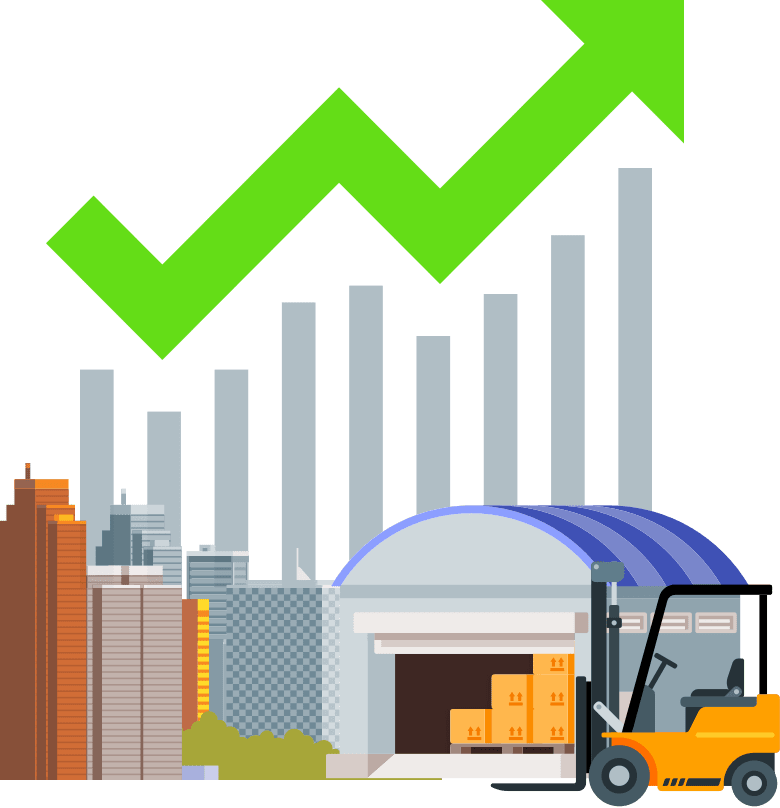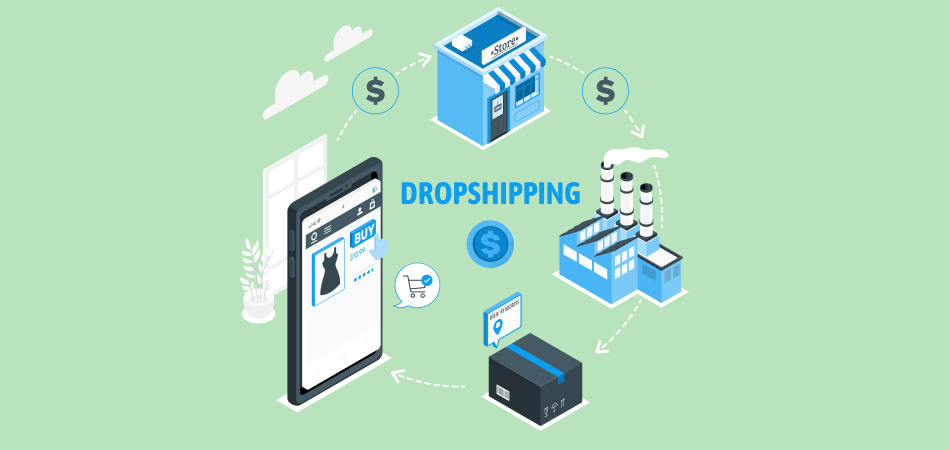Customer Lifecycle for Online Business: Everything You Need to Know about

A customer is a life of a business. No Customer means no business which means if you have a customer base then you have to make sure that the customer lifecycle should be along with your business. But before that, you need to know what customer lifecycle is and why it is so important for your business:
What Is Customer Lifecycle
When seen from a business-first viewpoint, the customer lifecycle is a method to explain how customer relationships change over time. It includes every phase, from the onboarding of new customers to the development of lasting brand loyalty in repeat consumers over time.
When seen as a cycle, these interactions highlight how continuing client acquisition and retention are and how important they are for a company to accomplish every day. Customers pass through the stages, drop out at various times, and then repeat the cycle.
Customers are often moved from stage to stage by firms using the customer lifecycle strategy to plan and arrange their marketing. It may also be used to CX (customer experience), assisting organizations in giving customers a wonderful experience at every turn.
Customer Lifecycle vs Customer Journeys vs Conversion Funnel
The variety of words used to describe relationships between customers and businesses can be confusing. Although many individuals interchangeably use terminology like "lifecycle," "journey," "funnel," and "life stage," each concept has its distinct meaning.
A customer's decisions always determine a customer’s journey, which tends to be distinctive. A customer lifecycle, on the other hand, is a business's generalized interpretation of customer behavior based on its extensive observations of all consumers. Customer lifecycles are not the result of random business decisions.
The customer lifecycle is a concept that is more similar to a conversion funnel than a customer journey. The Ecommerce customer lifetime is a cyclical process rather than an end-to-end one, in contrast to the conversion funnel. It covers the whole of the customer relationship, including several transactions and interactions between the buyer and the firm, as opposed to only the steps of acquiring and converting a client.
Customer Lifecycle Stages
From a business Point of View, a Customer goes through the various stages in a business cycle.
1. Awareness
The consumer initially learns about your company at this point. This could happen as a result of an online search, seeing your advertising, reading a review or article about you on a blog or in a magazine, or via word of mouth.
Getting a customer's attention may be a major difficulty for companies in a world where attention spans are short and marketplaces are heavily crowded. To get their attention, you must be in the proper setting at the appropriate moment with the appropriate message.
Marketing strategy for raising awareness:
A big element of your marketing strategy should be creating a strategy for raising awareness. You have a mostly blank canvas at this point, giving you the chance to experiment and discover what works.
To develop marketing campaigns around your customer’s goals and interests, start by obtaining data about them. It's helpful to understand your target audience's fundamental demographics, such as age, gender, and income, as well as the stores they visit, the websites and online platforms they use, and the brands they are interested in.
| Get Started Now to Grow Your Online Business with the Best AliExpress Dropshipping Tool - DSers! |
Discover the present sources of awareness and work to increase them. You may do this by including a few small feedback listening posts asking visitors how they learned about you in places like your e-commerce checkout, newsletter signup form, or account registration. A single multiple-choice question may provide insightful information.
If your company is just getting off the ground or you're just starting to think more strategically about your customer lifecycle, you might want to take a trial-and-error approach, allocating funds to test out various advertising and marketing strategies like social media advertising, PPC, friend-get-friend promotions, and online ad networks.
2. Consideration
Knowing your company and what it provides helps the buyer form a more critical judgment of it throughout the consideration stage. They are beginning to assess your worth and evaluate you against your rivals. Additionally, they'll be considering how effectively your goods and services meet their wants and how well they fit into their daily life.
They may go back to and more thoroughly evaluate some of the information sources they utilized in the awareness stage, as well as add some new ones. Reviews, ratings, first-hand accounts, customer testimonials, product pages, and specs may all be helpful.
Think about your marketing strategy:
Your client is trying to gather and absorb information. You may assist by providing clarification by responding to their inquiries. You may help them by offering information that makes weighing selections and comprehending features and advantages as simple as feasible. Customers might use product comparison tools on your e-commerce website to make like-for-like comparisons between products.
By giving them case studies and testimonial material that enable them to put themselves in the shoes of an existing client with comparable issues and requirements, you can also encourage and reassure them.
At this point, personalized interaction may be effective. If a potential consumer has created an account or subscribed to emails from you, make sure to address them by name and show that you are aware of their interests by creating specialized material like discounts, special offers, product updates, or value-added content like how-to articles and tutorials.
Additionally, this is an excellent moment to respond to inquiries directly through chat or AI chatbots, which need to be readily apparent on your website or social media sites.
3. Purchase
When they exchange money for products and services, this is when your consumer becomes one in the purest meaning of the word. However, even when people are ready to buy, things may still go wrong, and deals might fall through at the last minute.
Marketing for purchases:
To ensure that purchases are effectively completed, you need to be aware of any obstacles. Assess drop-off points in the purchasing process using data from previous customers, then ask for comments to determine why people abandoned their carts.
You may provide consumers who have abandoned a cart a second opportunity to complete their purchases by emailing them. According to a website, "you've left something in your basket" communications can recover 10% of your prospective sales. Customers who are signed in and who have provided their email addresses and chosen to get the required marketing consent for your location may receive these communications automatically.
Contextual assistance offered via on-page chat software may also assist your consumers in getting over purchase roadblocks like technical issues or inquiries regarding delivery or refunds. These channels may also assist you in gathering feedback from consumers who have opted against proceeding for more arbitrary reasons, such as worries about pricing or quality so that you can better understand those reasons and relay them to the appropriate departments in your company.
4. Retention
The continuous connection comes into emphasis after the first purchase. Will they repurchase from you? By making every effort to encourage a continuing relationship, you may contribute to raising the odds.
Consumer feedback, relevant promotions, loyalty programs, and content of interest to the customer may all be considered at this point.
Marketing plan for client retention:
The key to maximizing retention is giving your new customer excellent service and individualized assistance.
Let them know you're there to answer their concerns and give them pointers and advice about the goods or services they've purchased. You may also provide them with self-help tools like FAQs and troubleshooting manuals on your website.
If they have voiced concerns or discussed issues with any stage of the customer experience so far, use this as a time to contact out and complete the loop by asking for their opinion on their recent purchase.
You will get more familiar with your customer's interests and preferences as the connection develop, enabling you to provide them with individualized suggestions and discounts on the products they are most likely to find appealing.
5. Advocacy
At this point, a repeat consumer has established a strong, favourable association with your brand and is naively evangelizing it to others.
In addition to taking time and effort, customer advocates will make up a relatively tiny portion of your customer base. To keep them at this point, be sure to treat them properly and acknowledge their efforts.
Marketing strategy for advocacy:
Customers in the advocacy stage are valuable. Provide them with recognition via tiered loyalty programs that honour their spending with both tangible and prestige rewards. Loyalty programs may serve as a kind of gamification that keeps consumers interested and motivates them to advance and earn additional incentives.
By establishing a referral scheme, you may also thank them for their readiness to suggest you to others. This is a formalized method of advocacy that not only rewards your customers by giving them discounts or bonuses for recommending new customers in the awareness stage but also enables you to measure and quantify the incremental value each client delivers.
Finally, completing the loop when a consumer informs you of a negative experience is a potent strategy for rewarding and keeping devoted customers. You may mend and even improve your connection with key consumers by providing them with personalized replies and remedies.
Customer Lifecycle Management
It's important to be able to step back and consider the client lifecycle as a whole in addition to optimizing each stage of the cycle individually. By doing so, you may determine the percentage of your customers who are in each stage and if there are any patterns in how individuals move between the phases of the customer lifecycle. For instance, some consumers may reach the purchase stage but stop short of the retention stage.
From a broad view, you may consider giving each step of the lifecycle a set of metrics to track its development. These might consist of:
· Per-acquisition cost
The expense to your company of acquiring a new client as a result of the marketing and advertising efforts you made during the Awareness stage.
· Conversions and ad impressions
You can monitor the effectiveness of your digital marketing and advertising by looking at how many people have seen an advertisement, engaged with it, and then clicked through to your website or downloaded your app.
· Exchange value
How much do consumers buy on average? As you go from the buying stage into the retention stage, does this increase or decrease?
· Transaction volume
How often do your consumers buy while they are in the retention and loyalty stages? Does the frequency change with time, or does it remain steady, rise, or level off? Exist any glaring trends from year to year?
· Engagement indicators
Some customers in the retention stage and those who have reached the advocacy stage may be more inclined to interact with your business. Do they often open your emails? How often do people "like" or comment on your posts if they do follow you on social media?













 Company
Company
 Why Choose DSers
Why Choose DSers
 Blog
Blog
 Help Center
Help Center



